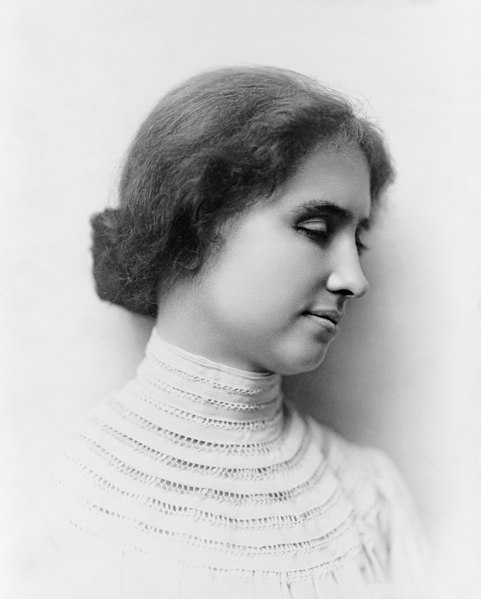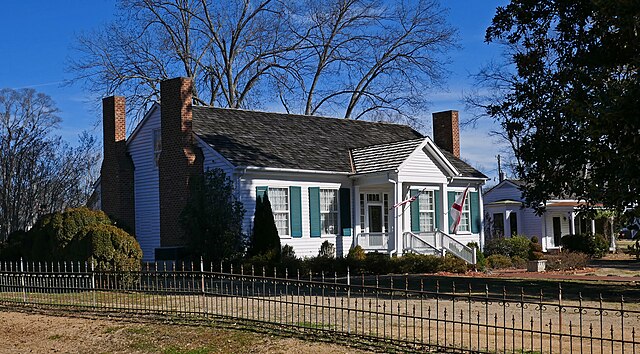Deafblindness is the condition of little or no useful hearing and little or no useful sight. Different degrees of vision loss and auditory loss occur within each individual. Because of this inherent diversity, each deafblind individual's needs regarding lifestyle, communication, education, and work need to be addressed based on their degree of dual-modality deprivation, to improve their ability to live independently. In 1994, an estimated 35,000–40,000 United States residents were medically deafblind. Helen Keller was a well-known example of a deafblind individual. To further her lifelong mission to help the deafblind community to expand its horizons and gain opportunities, the Helen Keller National Center for Deaf-Blind Youths and Adults, with a residential training program in Sands Point, New York, was established in 1967 by an act of Congress.

Deaf-blind American author, activist, and lecturer Helen Keller in 1904. Keller lost both her sight and hearing to meningitis at the age of 19 months.
Helen Adams Keller was an American author, disability rights advocate, political activist and lecturer. Born in West Tuscumbia, Alabama, she lost her sight and her hearing after a bout of illness when she was 19 months old. She then communicated primarily using home signs until the age of seven, when she met her first teacher and life-long companion Anne Sullivan. Sullivan taught Keller language, including reading and writing. After an education at both specialist and mainstream schools, Keller attended Radcliffe College of Harvard University and became the first deafblind person in the United States to earn a Bachelor of Arts degree.
Keller holding a magnolia, c. 1920
Keller's birthplace in Tuscumbia, Alabama
Keller (left) with Anne Sullivan vacationing on Cape Cod in July 1888
Helen Keller portrait, 1904. Due to a protruding left eye, Keller was usually photographed in profile until she had her eyes replaced c. 1911 with glass replicas for "medical and cosmetic reasons".




